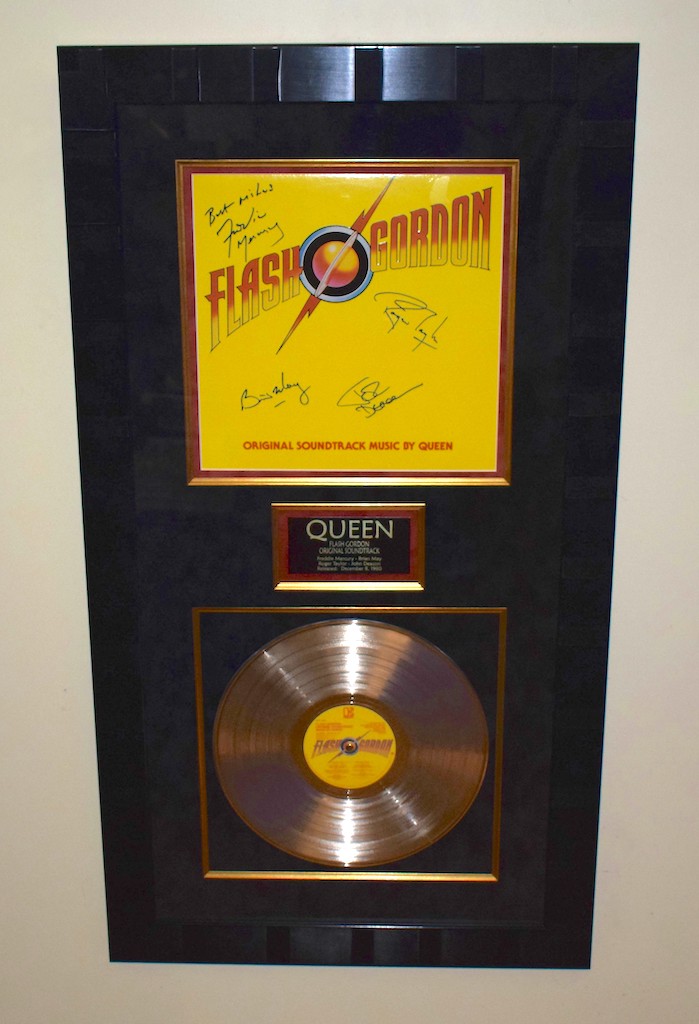Black Knight 2000 Music
Deep Purple Lyrics. Black night is not right. I don't feel so bright. I don't care to sit tight. Maybe I'll find on the way down the line. That I'm free, free to be me. Black night is a long way from home. I don't need a dark tree.


| Manufacturer | Williams |
|---|---|
| Release date | November 1980 |
| System | Williams System 7 |
| Design | Steve Ritchie |
| Programming | Larry DeMar |
| Artwork | Tony Ramunni |
| Voices | Steve Ritchie (Black Knight) |
| Production run | 13,075 |
- In 1989, Williams and Ritchie returned with a super-neon sequel, Black Knight 2000. This was an incredibly fast-paced and unforgiving game which went big with lightning effects, bright colours.
- In this episode the guys start with “ the sheet”, which has 7 items for discussion. A review of Black Knight 2000 rounds out the episode. Bonus feature: a call to purchase a 1989 Black Knight 2000 t shirt and the full background song from the game.
- The Black Knight Marching Band performed for President George W. Bush during the 2000 presidential election and made its debut performance for the Pittsburgh Steelers at Heinz Field in 2005. The band returned to Heinz Field to perform at half-time for the Pittsburgh Steelers in December, 2013, and again for the AFC Wild-Card game in January of.
Black Knight is a 1980 pinball game designed by Steve Ritchie (who also provides the Knight's voice) and released by Williams Electronics.[1] Ritchie designed two sequels: Black Knight 2000, released by Williams in 1989, and Black Knight: Sword of Rage, released by Stern Pinball in 2019.[2]
Description[edit]
This game is known for its two-level playfield (a first for a pinball game), and introduced the patented 'Magna-Save', in which a player-controlled magnet is used to prevent outlane drains. This was first of a series of four games that were both two-level and featured magna-save.[3] The later games (Jungle Lord, Pharaoh, Solar Fire, Grand Lizard) feature a variable type magna-save in that the magnet is energized as long as the player likes (up to the time they have earned); on Black Knight the machine controls the magnet time (adjustable by the operator from three to ten seconds). Magna-save was activated by pressing one of two buttons placed on each side of the cabinet, just above the flipper buttons. The sequel to Black Knight abandoned the variable magna-save which had become standard at that point and reverted to a fixed time. Balls drained down the outlane in spite of using magna-save caused the machine to laugh at the player, reinforcing the theme of the game as an evil knight vs. the player.
Black Knight was not the first game to have electromagnets installed - an earlier example is Williams' Electronics Gorgar (the first 'talking' pinball game), which features an area of the playfield that when hit, holds the ball on an electromagnet for a second or two while a speech call plays.
Other notable features of Black Knight are a loud riding bell instead of the old familiar knock when a special (free game) was won, three ball multi-ball that did not require any previous targets to be hit before allowing balls to lock, and random score targets.
Digital versions[edit]
Black Knight was formerly available as a licensed table in any version of The Pinball Arcade until June 30, 2018 - due to WMS license expiration. The table is also included in the Pinball Hall of Fame: The Williams Collection. Black Knight is ROM-emulated only in PC version, but in the rest of platforms this table is scripted, like in Pinball Hall Of Fame The Williams Collection (each platform). Unlicensed recreations of the game are available for Visual Pinball.
Black Knight 2000 was also released as a licensed table on The Pinball Arcade. This table features ROM emulation.
Both Black Knight (1980) and Black Knight 2000 had to be taken down just before June 30, 2018 - WMS license expiration date.
See also[edit]

References[edit]
- ^http://www.ipdb.org/machine.cgi?id=310
- ^https://sternpinball.com/game/black-knight/
- ^Rossignoli, Marco (2011). The Complete Pinball Book: Collecting the Game and Its History (3rd ed.). Schiffer Publishing. pp. 215–216. ISBN978-0-7643-3785-7.
Black Knight 2000 Music Album
